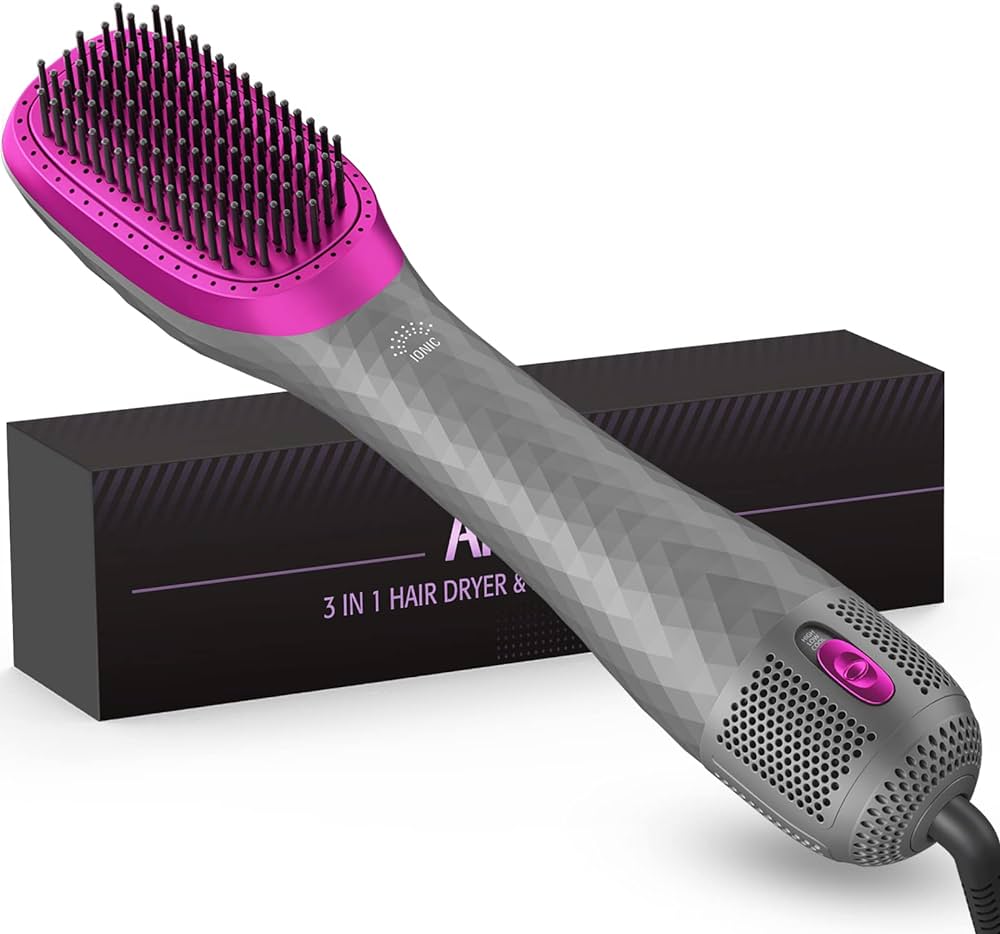Introduction
When using a hair straightener, selecting the appropriate temperature is crucial for achieving desired results while minimizing heat damage. Different hair types and conditions require different heat settings to ensure effective straightening without compromising hair health. In this comprehensive guide, we will delve into the details of selecting the right temperature for your hair straightener. From understanding the importance of temperature control to determining the ideal heat setting for your hair type, we will provide specific information to help you make informed decisions and achieve beautifully straight hair without excessive heat damage. Get ready to create sleek, salon-worthy hairstyles with confidence.
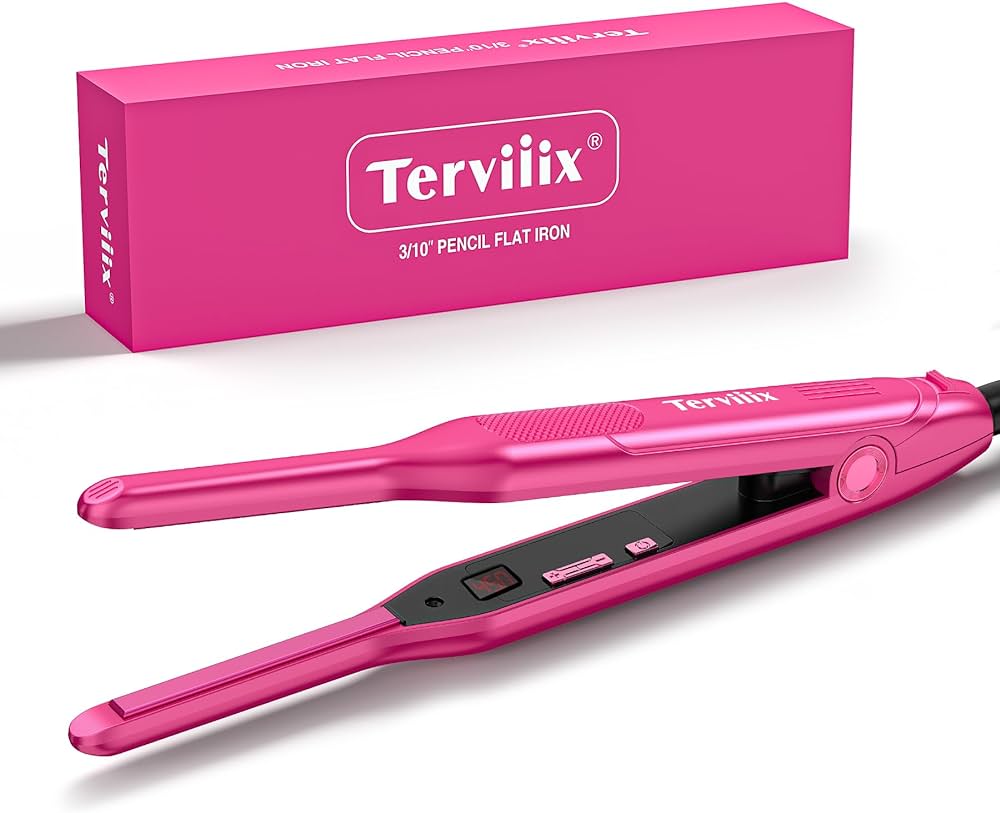
Choosing the Right Temperature for Your Hair Straightener: A Comprehensive Guide
I. Importance of Temperature Control
Understand the importance of temperature control in hair straightening:
-
Efficient Straightening:
- Proper temperature control enables the straightener to effectively and efficiently distribute heat, allowing you to straighten your hair more efficiently and achieve desired results with fewer passes.
-
Heat Damage Prevention:
- Excessive heat can damage the hair’s cuticle, leading to dryness, frizz, and breakage. Precise temperature control helps minimize heat damage and preserve hair health.
-
Customization for Hair Type:
- Different hair types require different heat settings. The ability to adjust the temperature of your straightener allows you to tailor the heat to your specific hair type, optimizing the straightening process and minimizing potential damage.
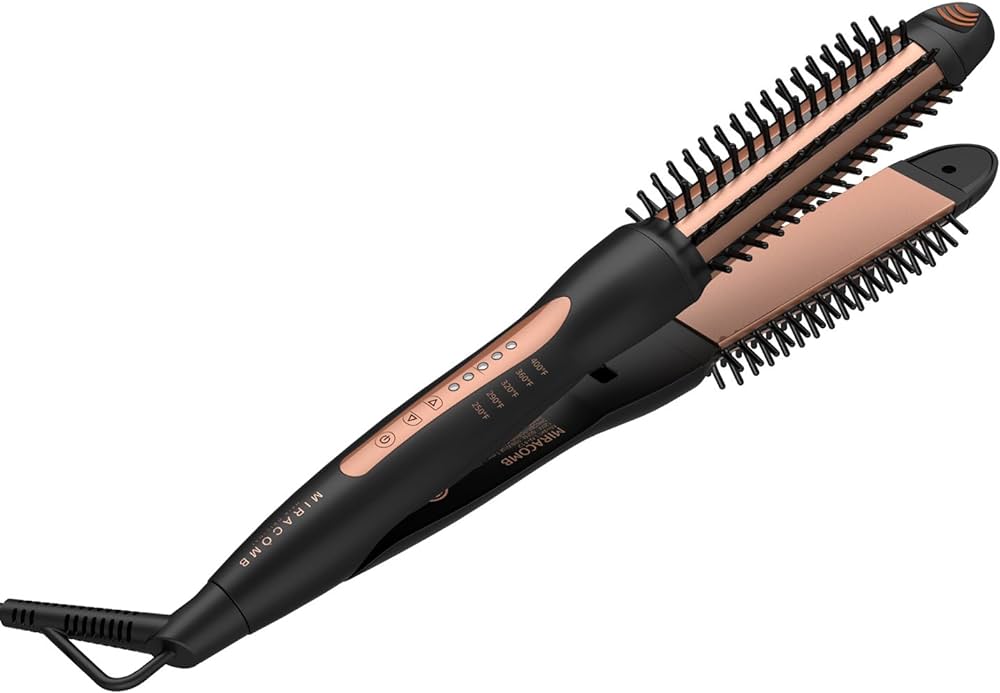
II. Identifying Your Hair Type
Identify your hair type to determine the appropriate temperature range:
-
Fine or Thin Hair:
- Fine or thin hair is more delicate and typically requires lower heat settings to avoid damage. A temperature range of 250-300°F (120-150°C) is generally suitable for fine or thin hair.
-
Normal or Medium Hair:
- Normal or medium hair can tolerate slightly higher temperatures. A temperature range of 300-350°F (150-175°C) is often effective for achieving straight results without excessive heat exposure.
-
Thick or Coarse Hair:
- Thick or coarse hair can handle higher heat settings. A temperature range of 350-400°F (175-200°C) is commonly used to effectively straighten thick or coarse hair.
-
Damaged or Chemically Treated Hair:
- For damaged or chemically treated hair, it is essential to use lower heat settings to prevent further damage. Start with the lowest temperature setting and gradually increase if necessary. A temperature range of 250-300°F (120-150°C) is generally recommended.
III. Heat Setting Guidelines
Follow these guidelines when selecting the temperature for your hair straightener:
-
Start Low and Gradually Increase:
- Begin with the lowest temperature setting and assess how your hair responds to the heat. If the desired straightening results are not achieved, gradually increase the temperature in small increments until the desired outcome is reached.
-
Heat Tolerance Test:
- Perform a heat tolerance test by selecting a small section of hair near the nape of your neck. Straighten this section using the lowest heat setting and observe how your hair reacts. If it straightens effectively without signs of damage, you can use a slightly higher temperature throughout your hair.
-
Multiple Passes, Lower Temperature:
- If you find that your hair requires multiple passes with the straightener, consider lowering the temperature rather than increasing it. Multiple passes with excessive heat can lead to unnecessary damage.
-
Use Heat Protectants:
- Regardless of the heat setting used, always apply a heat protectant product to your hair before using a straightener. Heat protectants create a barrier between the heat and your hair, minimizing heat damage and enhancing overall hair health.
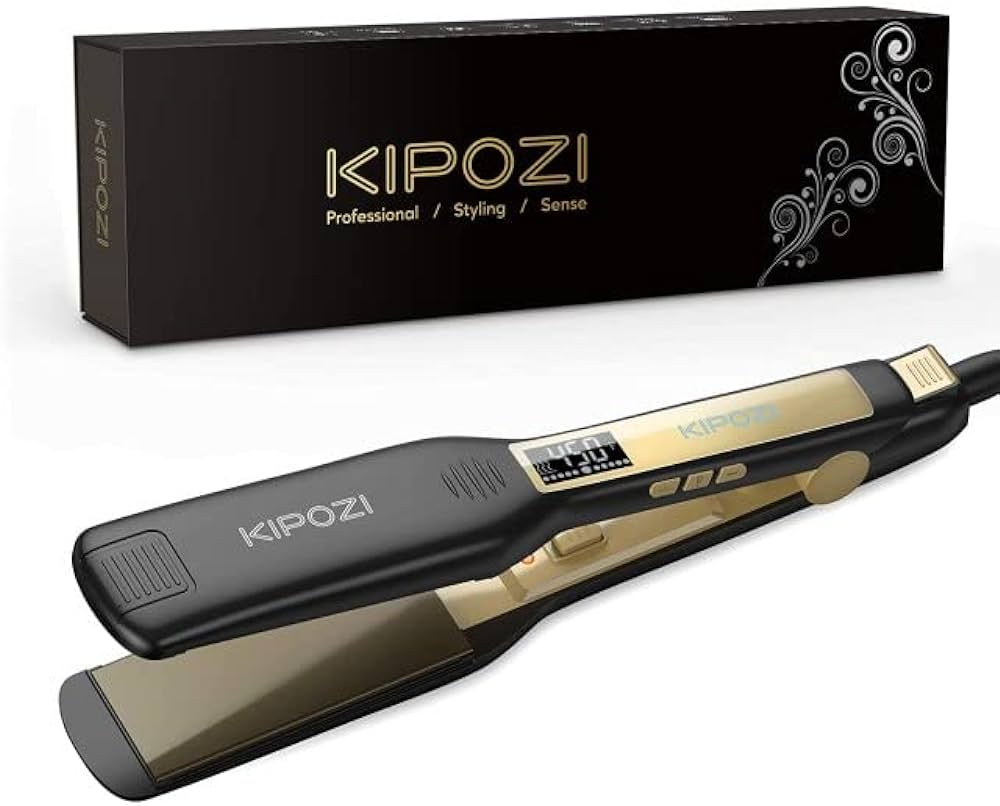
IV. Adjusting Temperature for Styling Goals
Consider adjusting the temperature based on your styling goals:
-
Straightening:
- For basic straightening, start with a lower temperature setting and gradually increase if needed. Using lower temperatures reduces the risk of heat damage and helps maintain hair health.
-
Curling or Styling:
- If using your straightener to create curls, waves, or other styles, slightly higher temperatures may be required to achieve the desired hold. However, exercise caution and always prioritize the health of your hair.
V. Additional Tips for Safe Straightening
Implement these tips for safe hair straightening:
-
Section Your Hair:
- Divide your hair into small sections before straightening. This allows for more thorough straightening and reduces the need for excessive heat exposure.
-
Use High-Quality Straighteners:
- Invest in a high-quality hair straightener with precision temperature control. Cheaper, low-quality straighteners may not provide accurate or consistent heat, increasing the risk of heat damage.
-
Limit Frequency:
- Avoid excessive straightening to minimize heat damage. Restrict the use of your straightener to a few times a week or as necessary. Allow your hair time to recover and maintain its natural health.
-
Proper Technique:
- Adopt proper straightening technique, such as smoothly gliding the straightener down the hair shaft without applying excessive pressure. Avoid leaving the straightener on any section of hair for extended periods, as this can cause heat damage.
-
Regular Deep Conditioning:
- Regularly indulge your hair in deep conditioning treatments to nourish and repair any heat-related damage. This will help maintain the overall health and appearance of your hair.
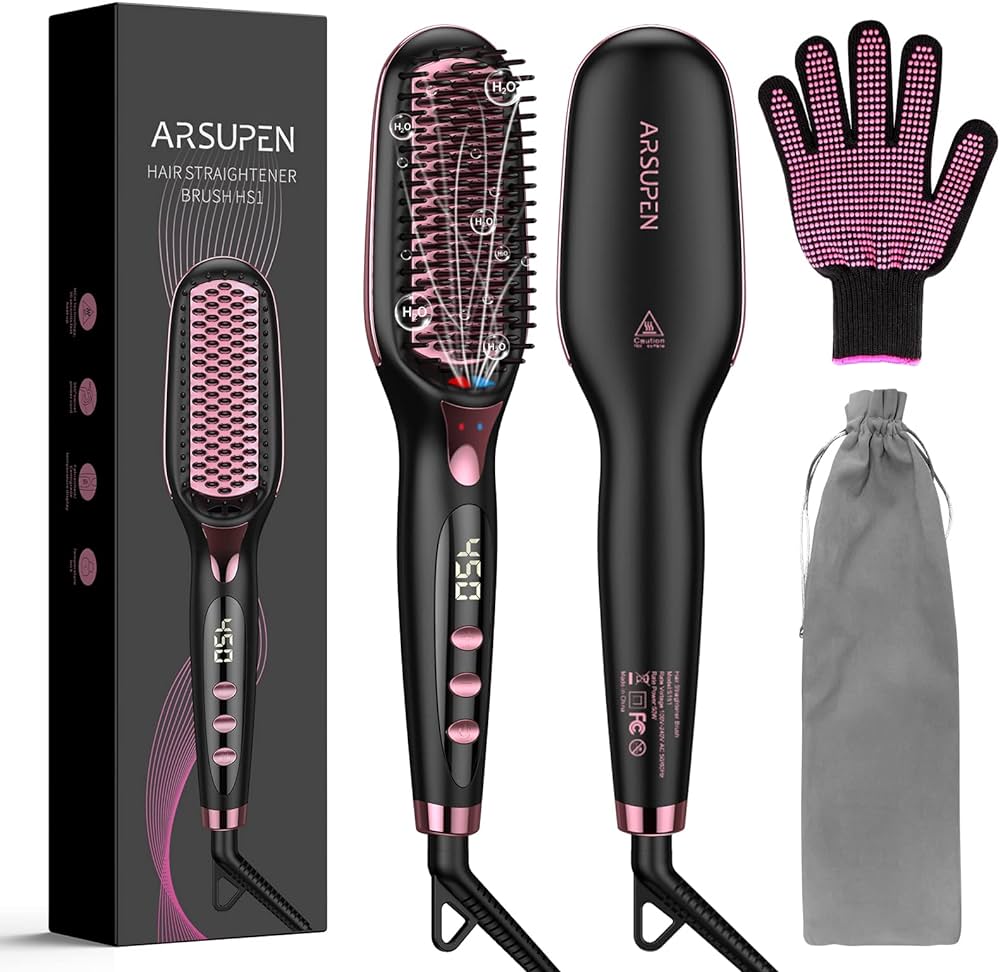
VII. Addressing Common Concerns
Address common concerns and questions about hair straightener temperature:
-
“Can I use the highest temperature setting for faster results?”
- While using a higher temperature setting may yield faster straightening results, it also increases the risk of heat damage. Consistently using high temperatures can lead to dryness, frizz, and breakage. It is best to prioritize the health of your hair and maintain a moderate temperature range.
-
“What if my hair is not straightening at lower temperatures?”
- If your hair is not straightening effectively at lower temperatures, there are a few factors to consider. Ensure that your hair is thoroughly dry before straightening, as wet or damp hair requires higher temperatures to straighten. Additionally, evaluate the condition of your straightener to ensure it is functioning properly and distributing heat evenly. If necessary, consult a professional stylist for personalized advice.
-
“Is it safe to straighten my hair every day?”
- Straightening your hair every day can lead to heat damage, especially if high temperatures are used repeatedly. It is advisable to limit straightening to a few times a week or as necessary. Embrace other styling methods, such as air-drying or using heatless curling techniques, to give your hair a break from heat styling.
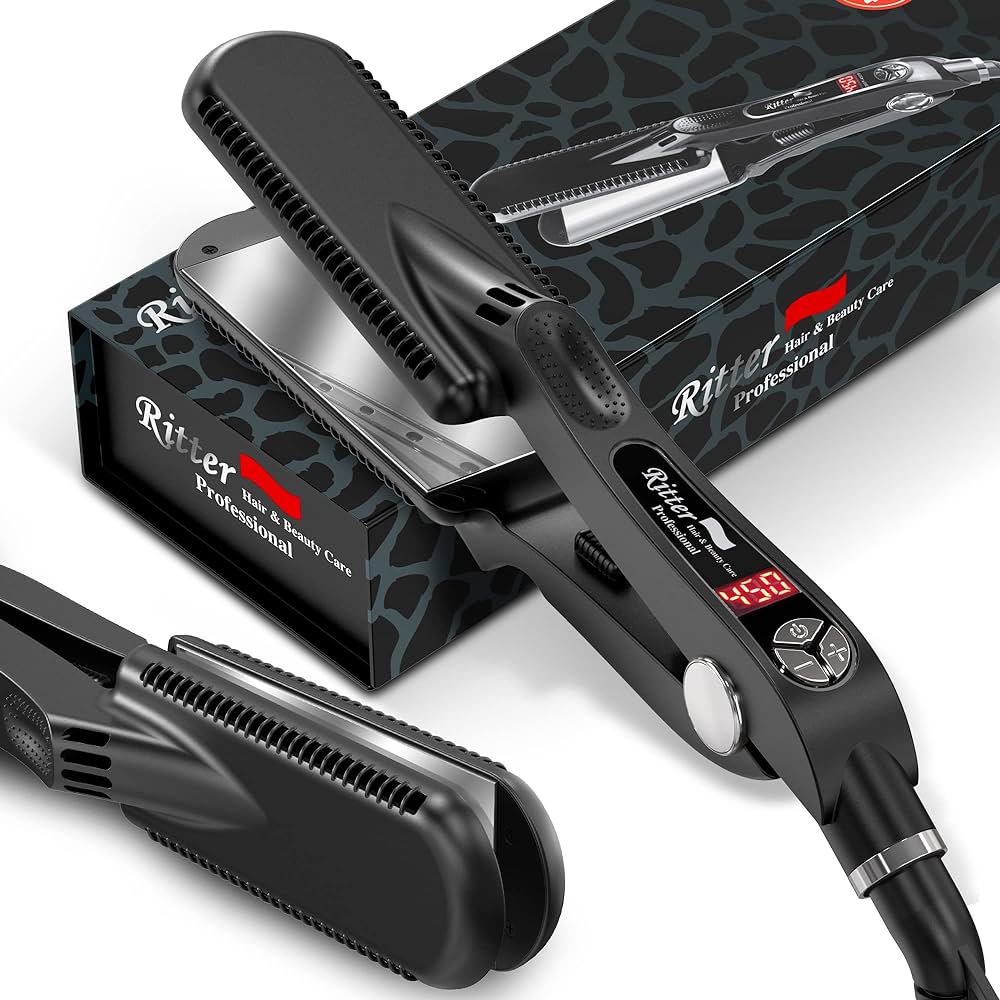
VI. Conclusion: Safe and Effective Hair Straightening
By understanding the importance of temperature control, identifying your hair type, and following the guidelines provided, you can achieve safe and effective hair straightening results while minimizing heat damage.
Remember to start with a lower temperature setting and gradually increase if necessary, using the heat tolerance test as a guide. Always prioritize the health of your hair and adjust the temperature based on your specific styling goals.
With the right temperature and proper technique, enjoy beautifully straightened hair without compromising its health and integrity. Embrace safe hair straightening practices and showcase your sleek, salon-worthy hairstyles with confidence.
